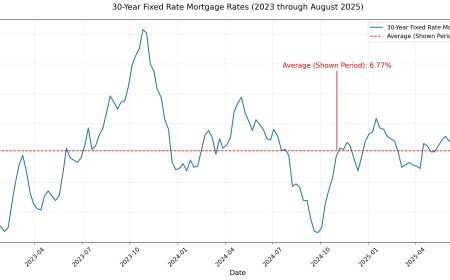Blue-Chip Stocks Explained: Why They're the Bedrock of Many Portfolios
Discover why blue-chip stocks form the foundation of successful investment portfolios. Learn about stability, dividends, and long-term growth potential.

Blue-chip stocks represent the gold standard of equity investing, serving as the foundation for countless successful investment portfolios. These are shares of large, well-established companies with market capitalizations typically over $10 billion, histories of stable earnings, strong balance sheets, and reliable dividend payments.
The term originates from poker, where blue chips traditionally held the highest value. These companies have weathered economic storms, consistently generated profits, and rewarded shareholders for decades. Famous examples include Apple, Microsoft, Coca-Cola, Johnson & Johnson, and Berkshire Hathaway.
Blue-chip stocks provide stability through consistent performance, making them ideal for retirement portfolios and conservative investors. They offer regular dividend income, with most blue-chips paying quarterly dividends that provide passive income for investors. Many companies increase dividends annually, providing inflation protection and reinvestment opportunities for compound growth.
During market downturns, blue-chips often outperform smaller companies due to their defensive characteristics. Their essential products and services remain in demand, and strong balance sheets help them weather economic storms. While they may not provide explosive growth like smaller companies, their combination of stability, dividends, and long-term appreciation makes them essential for most investors.
When selecting blue-chip stocks, focus on companies with price-to-earnings ratios under 25, dividend yields between 2-6%, and consistent revenue growth over 10 or more years. Look for debt-to-equity ratios under 0.5 for financial stability and return on equity above 15% for operational efficiency.
Even aggressive investors typically allocate 30-50% to blue-chip stocks for stability and income. The key is balance - use blue-chips as your foundation, then add growth stocks, international exposure, and alternative investments to create a well-rounded portfolio. Start building your blue-chip foundation today for steady dividends and capital appreciation over time.
What's Your Reaction?
 Like
0
Like
0
 Dislike
0
Dislike
0
 Love
0
Love
0
 Funny
0
Funny
0
 Angry
0
Angry
0
 Sad
0
Sad
0
 Wow
0
Wow
0








































